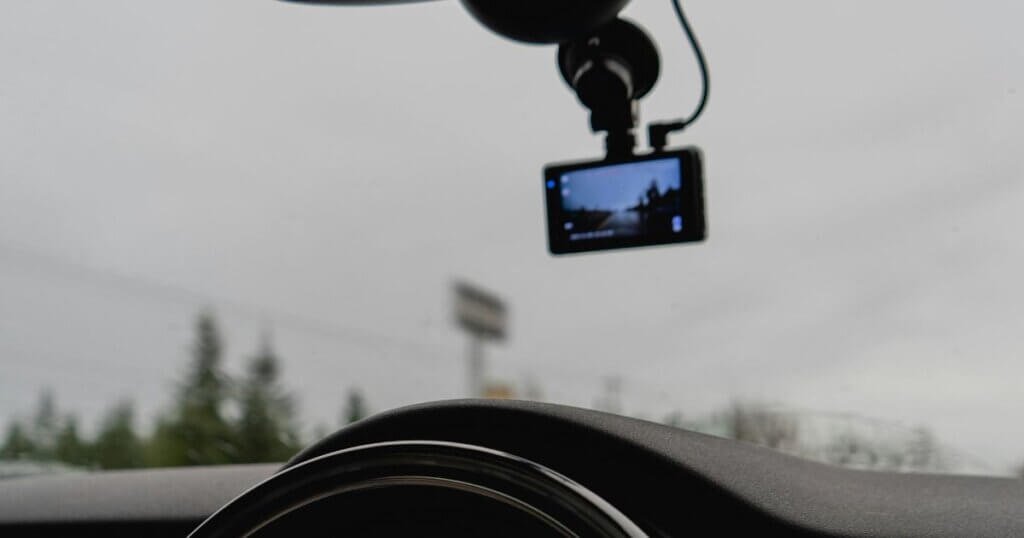As a taxi driver in the UK, ensuring the safety of both yourself and your passengers is paramount, and one effective way to achieve this is by installing CCTV and dashcam systems in your vehicle. However, it’s crucial to understand the legal requirements and best practices associated with these devices to remain compliant with UK laws and regulations.
Taxi insurance
Having the right taxi insurance is arguably more important than using CCTV or a dashcam in your vehicle. Protect yourself and your business with comprehensive cover tailored to your needs.
1. Understanding the legal framework
Data protection and GDPR compliance
Under the UK’s General Data Protection Regulation (GDPR), any system that records personal data—such as CCTV and dashcams—must adhere to strict guidelines. This includes:
- Purpose limitation: Clearly define the purpose of recording (e.g., passenger safety, insurance purposes).
- Data minimisation: Only collect data necessary for the defined purpose.
- Transparency: Inform passengers that recording is taking place.
- Data security: Implement measures to protect the recorded data from unauthorised access.
Failure to comply with these regulations can result in significant fines and reputational damage.
Registration with the information commissioner’s office (ICO)
If you install CCTV or dashcam systems in your taxi, you are required to register as a data controller with the ICO. This involves paying an annual fee and ensuring that you maintain compliance with data protection laws throughout your licensing period ICO.
2. Local authority regulations
Regulations regarding CCTV and dashcams can vary between different local authorities. It’s essential to consult your local council’s guidelines to ensure compliance. For instance:
- Installation approval: Some councils require that CCTV or dashcam systems be inspected and approved by an authorised officer before use Aberdeen City Council.
- Signage requirements: Clear signage must be displayed within the vehicle to inform passengers that recording is in operation and to provide contact details of the data controller Glasgow City Council.
3. Best practices for installation and use
To ensure that your CCTV and dashcam systems are both effective and compliant:
- Proper placement: Install cameras in locations that provide clear cover without obstructing the driver’s view or passenger comfort.
- Audio recording: If your system includes audio recording, use this feature sparingly and only when necessary, as audio recording is considered more intrusive than video ICO.
- Data retention: Establish a clear policy for how long recorded data will be retained and ensure that data is securely deleted when no longer needed.
4. Benefits of taxi CCTV and dashcams
When used correctly, CCTV and dashcam systems can offer several advantages:
- Enhanced safety: Deter potential criminal activity and provide evidence in case of incidents.
- Insurance benefits: Recorded footage can assist in resolving disputes and may lead to lower insurance premiums.
- Passenger confidence: Visible cameras can reassure passengers about their safety during journeys.
Installing CCTV and dashcam systems in your taxi can significantly enhance safety and provide peace of mind. However, it’s crucial to understand and adhere to the legal requirements and best practices associated with these devices. By staying informed and compliant, you can ensure that your use of surveillance technology benefits both you and your passengers.


